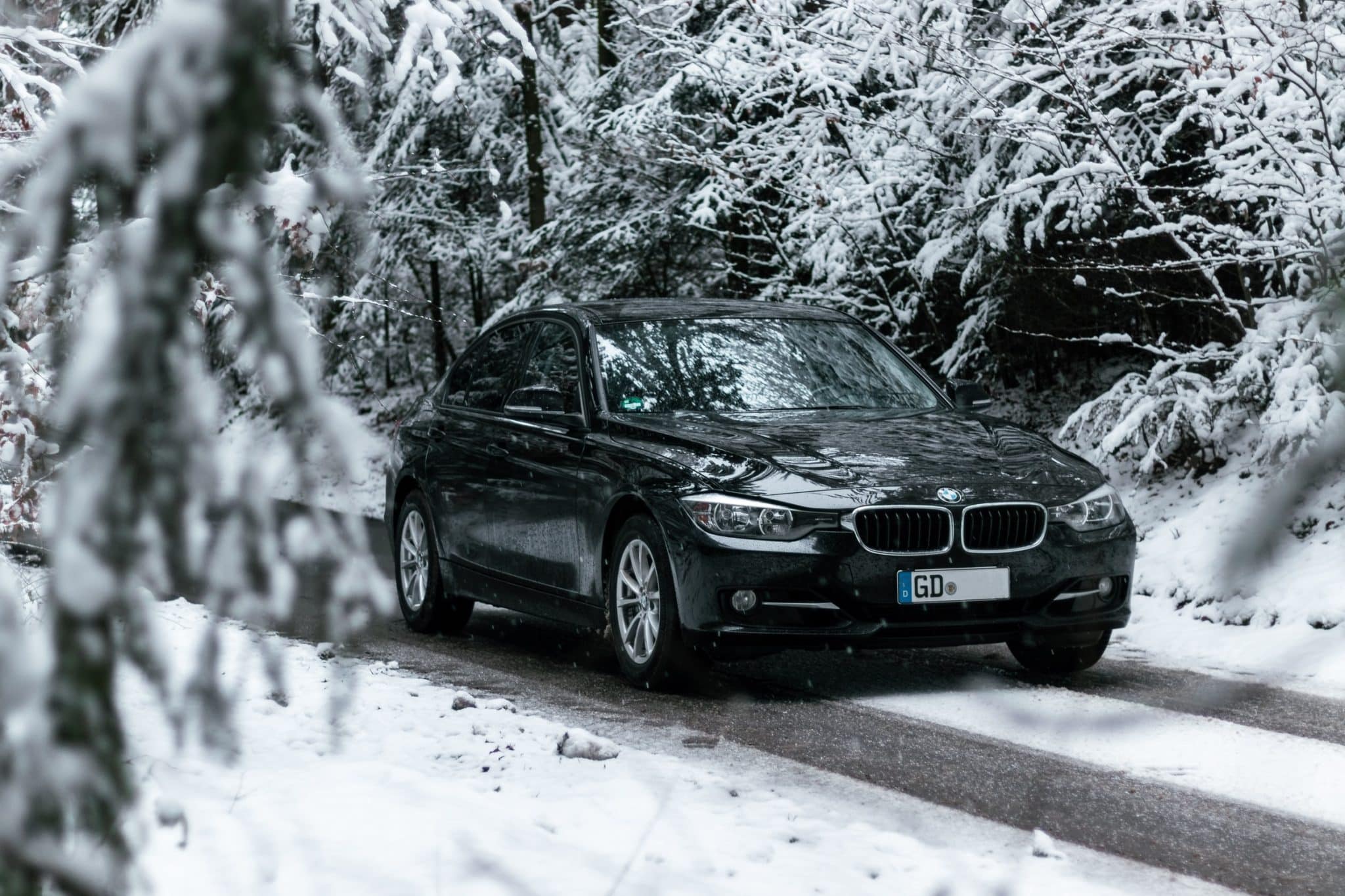
Are BMWs Good in the Snow?
While their slogan is “The Ultimate Driving Machine,” many people wonder if BMWs can handle snow. Even with the best engineering and tuning, it’s fair to worry if that performance holds up in snowy circumstances.
Are BMWs Good in the Snow?
All BMWs can operate admirably in the snow with the correct winter tires. In a range of wintry circumstances, cars equipped with the xDrive all-wheel-drive technology will perform even better. While a solid set of winter tires can help a BMW manage better in the snow, they aren’t the only reason for BMWs’ ability to do so. Let’s take a look at some more aspects that can affect a BMW’s snow-driving ability.
Factors Influencing a BMW’s Snow Performance
As we’ve already mentioned, one of the most critical things that determine a BMW’s snow handling is its tires. Let’s look at why this is the case and the other factors to consider when driving in the snow.
Winter Tires
Having decent tires on your BMW is critical for winter driving. While summer tires are fun on dry tarmac, they will struggle to maintain traction in snowy and icy conditions. Winter tires are convenient in this situation.
- Recommended Product:
- Bridgestone Blizzak WS90 – Highly rated winter tires designed for improved traction and handling in snow and ice.
- Michelin X-Ice Xi3 – Offers excellent performance in winter conditions, providing great grip and stability.
Winter tires are composed of unique rubber compounds that perform best in cold weather. Unlike other varieties of rubber that will stiffen when exposed to cold, these remain soft and malleable. This permits the tire to keep its traction and grip on the ground. To improve traction, winter tires also have features like deeper treads and zig-zag grooves.
You might be wondering if winter tires and snow tires are one and the same thing. While these two are comparable, they aren’t the same. Snow tires are older than winter tires. They feature a more aggressive tread pattern. However, they aren’t as well adapted to ice performance, which is also more common with snow. They also lack the latest material advancements that allow the rubber to perform well in cold temperatures.
The Driver
While many people may not like to hear it, a driver’s skills and experience are some of the most critical aspects to consider when driving in the snow. This is significant because the great majority of drivers already exaggerate their driving abilities. When you combine this overconfidence with unfamiliar snowy or icy driving conditions, you’ve got a good recipe for catastrophe.
Drive System
While BMW is gradually introducing front-wheel-drive variants, the majority of its vehicles are still rear-wheel-drive. There are methods to work around this before you become irritated and decide to sell your warm-weather performance car. In addition to a solid set of winter tires, you can add traction to rear-wheel-drive automobiles by simply loading your trunk with sandbags or some other type of weight.
If your BMW has the xDrive all-wheel-drive system, it will provide you a significant edge. This keeps all four tires rotating to provide more traction when the ground is slippery. BMW’s xDrive was introduced in 2003 and is still used on their vehicles today.
Vehicle Clearance
Once the snow accumulation begins, vehicle clearance becomes a factor. While sleek, low-to-the-ground BMWs are a blast to drive on dry roads, they can become a stumbling block in the snow. It will be far more difficult to drive over a pile of snow in a car with 4 inches of ground clearance than in one with 8 inches.
Final Take
With the proper winter tires, all BMWs can perform well in the snow. However, having a decent set of winter tires isn’t the only thing that makes your BMW operate smoothly in the snow; your driving skills, drive system, and ground clearance all play a part.
Recommended Winter Driving Products
To enhance your BMW’s performance in snowy conditions, consider these products:
- Winter Tires:
- Tire Chains:
- Ice Scrapers and Snow Brushes:
- Emergency Kit:
- Winter Car Cover:
By investing in these products, you can ensure your BMW is well-equipped to handle snowy conditions effectively.
